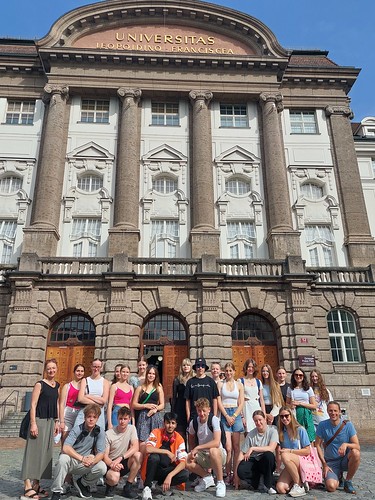Breathing Air
Analysis of typical exposure to the chemical mix of respirable ultrafine particles in rural and urban valley locations
In metropolitan areas, sensors for ozone, nitrogen oxides or particulate matter (PM10, PM2,5) are used locally to determine air quality. While the measurement of fine dust is representative for the pollution of the agglomeration, so-called ultrafine particles (UFP, particles with diameter smaller than 100nm) are distributed completely differently. With every breath, the mixture of particles (aerosol) of different size and composition enters the lungs. So depending on whether you spend time in the great outdoors, on a busy road, or indoors, you are exposed to different ambient aerosols. A 2018 preliminary study showed that topography and traffic volume while walking to school can lead to increased particle exposures that are relevant to health. UFP are suspected of being harmful to health.
This is where the "Atemluft" project comes in: The goal is to study particle exposure on the way to school of students at an urban and a rural school site. The students map their individual UFP exposure with mobile sensors under different meteorological and seasonal conditions.
Other Citizen Scientists such as schoolmates, parents, teachers, citizens from the surrounding communities of the partner schools are actively encouraged to participate in the research themselves. Without the participation of the students and other Citizen Scientists, it would not be possible to generate such a unique data set on individual particle exposure.
Another goal of the project is to determine the chemical composition of particulate matter and UFP. UFP occur in high number concentrations in a very localized manner, but their mass is so low that chemical analyses are very laborious. In an innovative approach, the air is filtered in a denuder, then the particles are thermally vaporized and these components are analyzed in a highly sensitive chemical ionization mass spectrometer (CIMS) developed at the University of Innsbruck. The students have the opportunity to be present during these measurements.
In this project, the students are trained in the scientific way of working, perform measurements, take a look at the data analysis and present their project results publicly. In addition, the students can expect labdays, data workshops at the University of Innsbruck and an excursion to CERN, where research is being conducted on cloud formation as part of the CLOUD project.
 Schools
Schools
 Partners from Economy and Society
Partners from Economy and Society
 Scientific institutions
Scientific institutions










